Margaret Harris
@drmlharris.bsky.social
Science journalist at Physics World magazine (@physicsworld.bsky.social). Also available as @DrMLHarris@mastodon.social. All views on science, politics, history, nonsense, etc. my own. DM for Signal contact info.
Oh, and in case you don't believe me about the "wife guy" thing, here's a photo of Gustaf Dalén with his wife, Elma, in later life. I think they look like the perfect Swedish great-grandparents, don't you? 😍
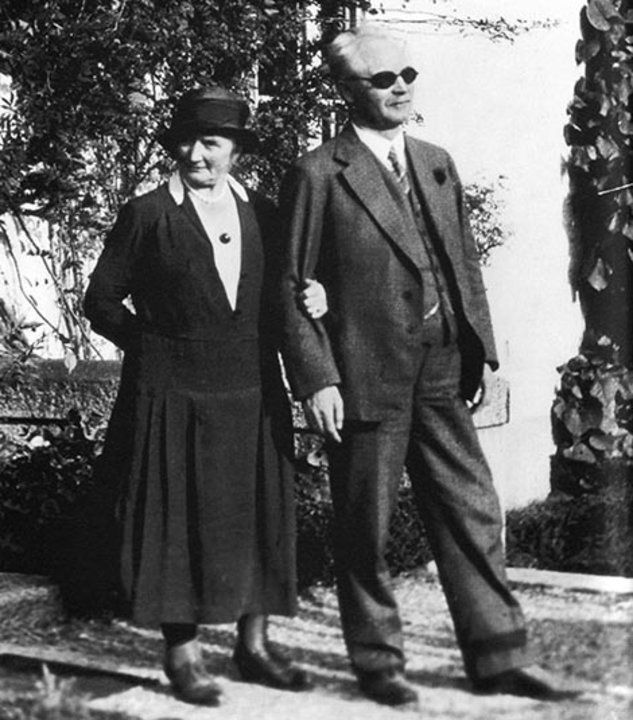
October 7, 2025 at 8:57 AM
Oh, and in case you don't believe me about the "wife guy" thing, here's a photo of Gustaf Dalén with his wife, Elma, in later life. I think they look like the perfect Swedish great-grandparents, don't you? 😍
Dalén’s third invention was a sunlight-sensitive valve that turned the acetylene off when it was sunny and on when it wasn’t, no humans required. This was especially good for light buoys (which aren’t designed to be staffed), and it was extremely reliable, requiring almost no maintenance. (10/n) 🧪⚛️
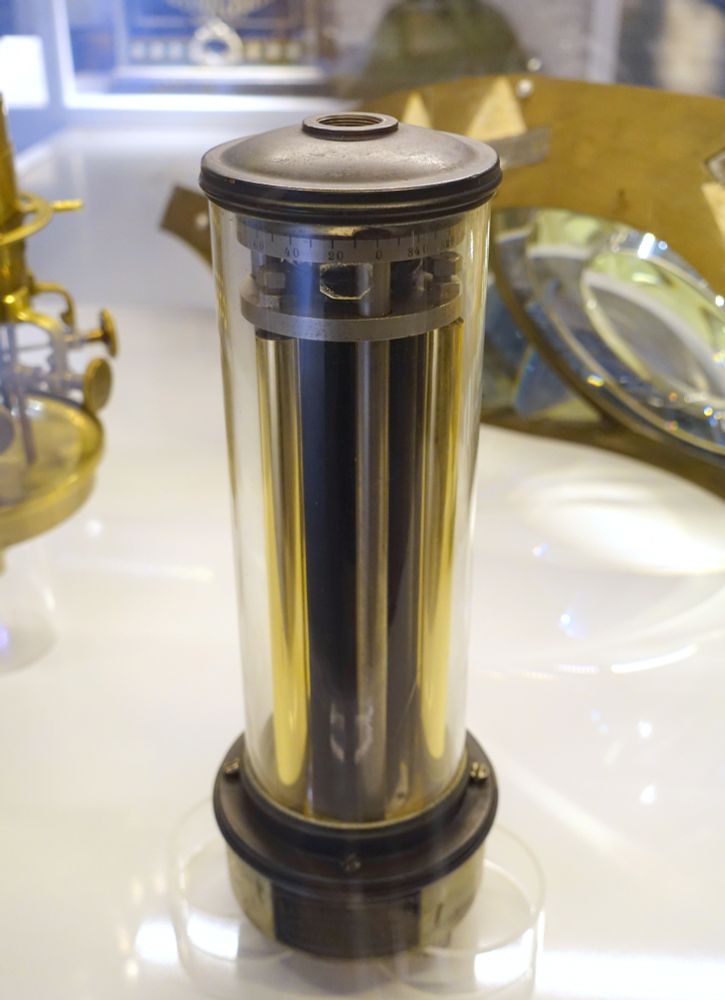
October 7, 2025 at 8:47 AM
Dalén’s third invention was a sunlight-sensitive valve that turned the acetylene off when it was sunny and on when it wasn’t, no humans required. This was especially good for light buoys (which aren’t designed to be staffed), and it was extremely reliable, requiring almost no maintenance. (10/n) 🧪⚛️
Under these conditions, you could store acetylene, ship it, even drop it off the side of a lighthouse without having it explode on you. It was perfectly safe...for users.
Spoiler: it was still very dangerous for the people making it. Including the eventual Nobel laureate, Gustaf Dalén. (8/n) 🧪⚛️
Spoiler: it was still very dangerous for the people making it. Including the eventual Nobel laureate, Gustaf Dalén. (8/n) 🧪⚛️

October 7, 2025 at 8:43 AM
Under these conditions, you could store acetylene, ship it, even drop it off the side of a lighthouse without having it explode on you. It was perfectly safe...for users.
Spoiler: it was still very dangerous for the people making it. Including the eventual Nobel laureate, Gustaf Dalén. (8/n) 🧪⚛️
Spoiler: it was still very dangerous for the people making it. Including the eventual Nobel laureate, Gustaf Dalén. (8/n) 🧪⚛️
Before GPS or reliable radio communications, lighthouses were the main way of warning ships away from danger. They were also extremely expensive, requiring 24-hour attention from skilled, hardy humans, plus frequent (and frequently dangerous) deliveries of tonnes of propane fuel. (4/n) ⚛️🧪

October 7, 2025 at 8:32 AM
Before GPS or reliable radio communications, lighthouses were the main way of warning ships away from danger. They were also extremely expensive, requiring 24-hour attention from skilled, hardy humans, plus frequent (and frequently dangerous) deliveries of tonnes of propane fuel. (4/n) ⚛️🧪
Sadly, this wasn’t the invention that won Dalén the Nobel Prize. That came later, when he was chief engineer at a company he founded in Stockholm called Aktiebogalet Gasaccumulator. And it involved something very important in a northern country with a long, complex coastline: lighthouses. (3/n) ⚛️🧪

October 7, 2025 at 8:30 AM
Sadly, this wasn’t the invention that won Dalén the Nobel Prize. That came later, when he was chief engineer at a company he founded in Stockholm called Aktiebogalet Gasaccumulator. And it involved something very important in a northern country with a long, complex coastline: lighthouses. (3/n) ⚛️🧪
Now, back to Dalén. Like Alfred Nobel, Dalén was Swedish, born in 1869 in the small farming community of Stengstorp. There’s now a museum there dedicated to him and his inventions, which included a machine to make coffee and turn on the lights in the mornings. #relatable (2/n) 🧪⚛️
www.dalenmuseet.se
www.dalenmuseet.se

October 7, 2025 at 8:26 AM
Now, back to Dalén. Like Alfred Nobel, Dalén was Swedish, born in 1869 in the small farming community of Stengstorp. There’s now a museum there dedicated to him and his inventions, which included a machine to make coffee and turn on the lights in the mornings. #relatable (2/n) 🧪⚛️
www.dalenmuseet.se
www.dalenmuseet.se
There’s just one problem. By 1908, *almost no-one* was using Lippmann's method anymore. It’d been superseded by the Autochrome process invented by the Lumière brothers. They also invented motion pictures. Neither invention won the Nobel Prize. Go figure. 🧪⚛️ (6/n)


October 6, 2025 at 3:38 PM
There’s just one problem. By 1908, *almost no-one* was using Lippmann's method anymore. It’d been superseded by the Autochrome process invented by the Lumière brothers. They also invented motion pictures. Neither invention won the Nobel Prize. Go figure. 🧪⚛️ (6/n)
Lippmann’s photos still look brilliant because they don’t require coloured pigments, which fade over time. Instead, they’re entirely physics-based, an elegant offshoot of the classical theory of light waves. It’s easy to see why Edwardian-era physicists loved them. ⚛️🧪(5/n)

October 6, 2025 at 3:35 PM
Lippmann’s photos still look brilliant because they don’t require coloured pigments, which fade over time. Instead, they’re entirely physics-based, an elegant offshoot of the classical theory of light waves. It’s easy to see why Edwardian-era physicists loved them. ⚛️🧪(5/n)
Colour photography is hard, which is why almost all photos from the first ~100 years of photographic history are either black-and-white or artificially tinted. Lippmann's method did away with that. This photo is well over 100 years old, and it's as gorgeous as the day Lippmann took it. ⚛️🧪(4/n)

October 6, 2025 at 3:33 PM
Colour photography is hard, which is why almost all photos from the first ~100 years of photographic history are either black-and-white or artificially tinted. Lippmann's method did away with that. This photo is well over 100 years old, and it's as gorgeous as the day Lippmann took it. ⚛️🧪(4/n)
The earliest physics Nobel Prizes were all bangers. The first, in 1901, went to Roentgen for discovering X-rays. Next came Becquerel, the Curies, Rayleigh and several others with scientific units or other important stuff named after them.
Then, in 1908, the prize went to Gabriel Lippmann. ⚛️🧪(2/n)
Then, in 1908, the prize went to Gabriel Lippmann. ⚛️🧪(2/n)

October 6, 2025 at 3:25 PM
The earliest physics Nobel Prizes were all bangers. The first, in 1901, went to Roentgen for discovering X-rays. Next came Becquerel, the Curies, Rayleigh and several others with scientific units or other important stuff named after them.
Then, in 1908, the prize went to Gabriel Lippmann. ⚛️🧪(2/n)
Then, in 1908, the prize went to Gabriel Lippmann. ⚛️🧪(2/n)
Ahead of tomorrow’s #NobelPrize announcement, I went on a deep dive in search of the most obscure physics Nobel Prizes in history. That means it's time for a thread on...🧵
PHYSICS NOBEL PRIZES YOU’VE NEVER HEARD OF – PART 1
(1/n)
PHYSICS NOBEL PRIZES YOU’VE NEVER HEARD OF – PART 1
(1/n)
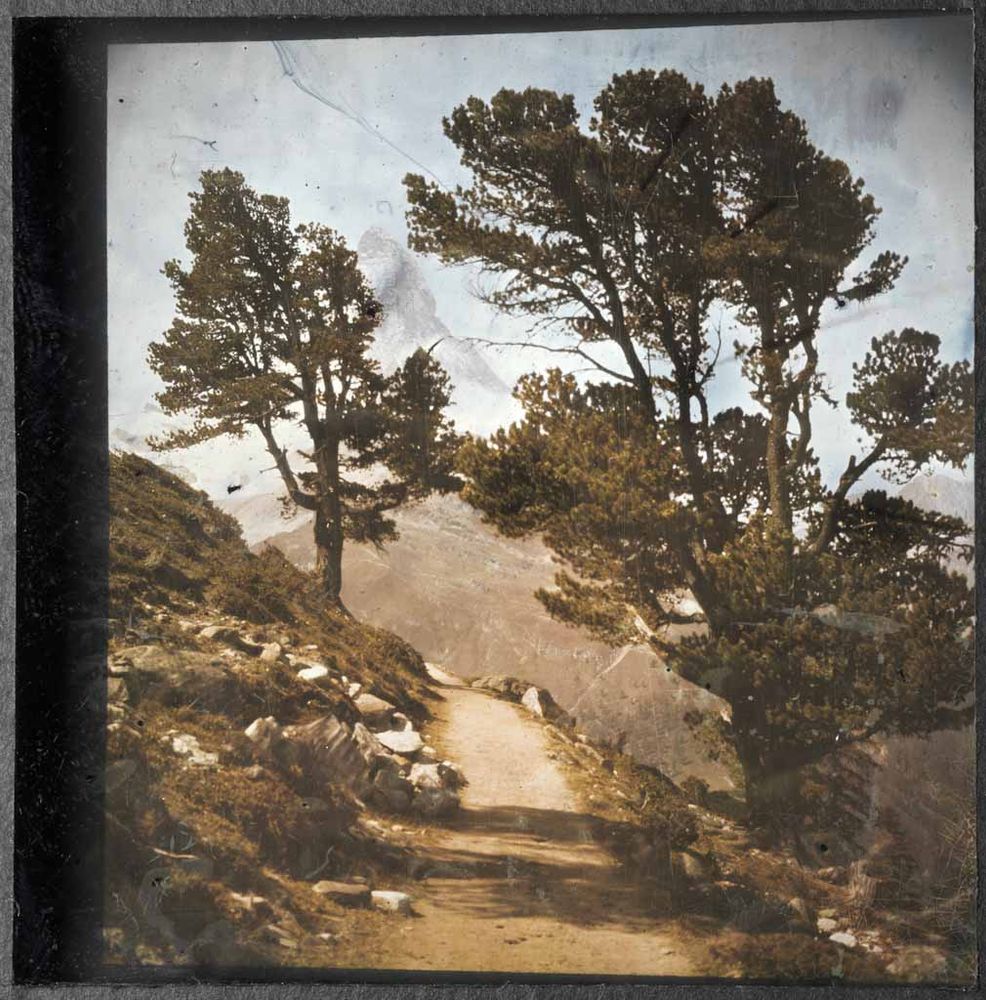
October 6, 2025 at 3:22 PM
Ahead of tomorrow’s #NobelPrize announcement, I went on a deep dive in search of the most obscure physics Nobel Prizes in history. That means it's time for a thread on...🧵
PHYSICS NOBEL PRIZES YOU’VE NEVER HEARD OF – PART 1
(1/n)
PHYSICS NOBEL PRIZES YOU’VE NEVER HEARD OF – PART 1
(1/n)
Research integrity sleuth Lonni Besançon tells #HLF2025 that he’s definitely hoping more people will join the hunt for flawed research, but “it’s complicated because people are afraid of the consequences.” It takes time and “you don’t really make friends doing it.” 🧪

September 19, 2025 at 8:35 AM
Research integrity sleuth Lonni Besançon tells #HLF2025 that he’s definitely hoping more people will join the hunt for flawed research, but “it’s complicated because people are afraid of the consequences.” It takes time and “you don’t really make friends doing it.” 🧪
This really is a beautiful tribute to Alan Turing at #HLF2025 from Avi Wigderson. All these qualities (perhaps especially clear writing and avoiding publishing too quickly) are hugely desirable in researchers now. 🧪

September 19, 2025 at 7:59 AM
This really is a beautiful tribute to Alan Turing at #HLF2025 from Avi Wigderson. All these qualities (perhaps especially clear writing and avoiding publishing too quickly) are hugely desirable in researchers now. 🧪
“Computer science was born aware of its limitations,” says Avi Wigderson at the Heidelberg Laureate Forum #HLF2025. He’s taking us on a tour of the work of CS pioneer Alan Turing, one paper per phase of Turing’s too-short life. 🧪

September 19, 2025 at 7:20 AM
“Computer science was born aware of its limitations,” says Avi Wigderson at the Heidelberg Laureate Forum #HLF2025. He’s taking us on a tour of the work of CS pioneer Alan Turing, one paper per phase of Turing’s too-short life. 🧪
Nobel chemistry laureate David MacMillan tells the Heidelberg Laureate Forum audience that chaos at the US NIH left his Princeton University lab without federal funding for 7 months, lost them $1m dollars, and “every time you open the New York Times, it’s not necessarily getting better.” #HLF2025 🧪

September 18, 2025 at 1:21 PM
Nobel chemistry laureate David MacMillan tells the Heidelberg Laureate Forum audience that chaos at the US NIH left his Princeton University lab without federal funding for 7 months, lost them $1m dollars, and “every time you open the New York Times, it’s not necessarily getting better.” #HLF2025 🧪
Leslie Lamport has basically dedicated his entire #HLF2025 talk to telling young researchers to comment their damn code already, and it’s kind of amazing.

September 18, 2025 at 8:28 AM
Leslie Lamport has basically dedicated his entire #HLF2025 talk to telling young researchers to comment their damn code already, and it’s kind of amazing.
Love to get invitations from fake journals soliciting the insights that I – a science journalist with a background in quantum physics – have to offer in the fields of *checks notes* agricultural economics and oceanography.
In other news, grain costs money, and the ocean is wet.
In other news, grain costs money, and the ocean is wet.

August 20, 2025 at 10:30 AM
Love to get invitations from fake journals soliciting the insights that I – a science journalist with a background in quantum physics – have to offer in the fields of *checks notes* agricultural economics and oceanography.
In other news, grain costs money, and the ocean is wet.
In other news, grain costs money, and the ocean is wet.
That’s not bad, there’s a bit of a Flint Hills vibe there, but I was thinking flatter, emptier and farm-ier. Like this, only minus the hedges.
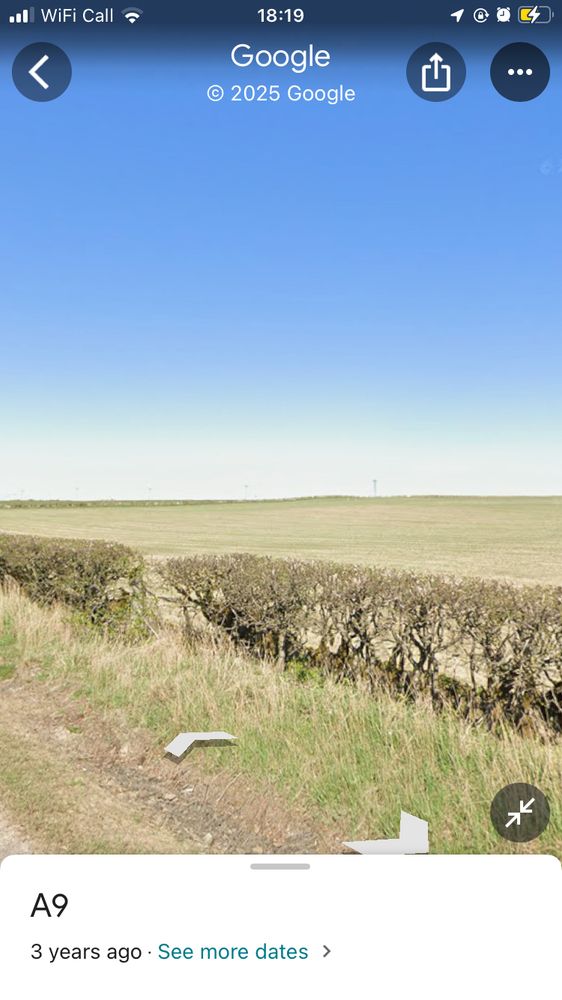
July 30, 2025 at 5:22 PM
That’s not bad, there’s a bit of a Flint Hills vibe there, but I was thinking flatter, emptier and farm-ier. Like this, only minus the hedges.
Let's take the example of the story @adamrutherford.bsky.social complained about. Here is the press release that the Independent journo most likely used to write their story. We @physicsworld.bsky.social saw it too, but decided against writing about it. Too many papers, too little time, sigh. (5/n)
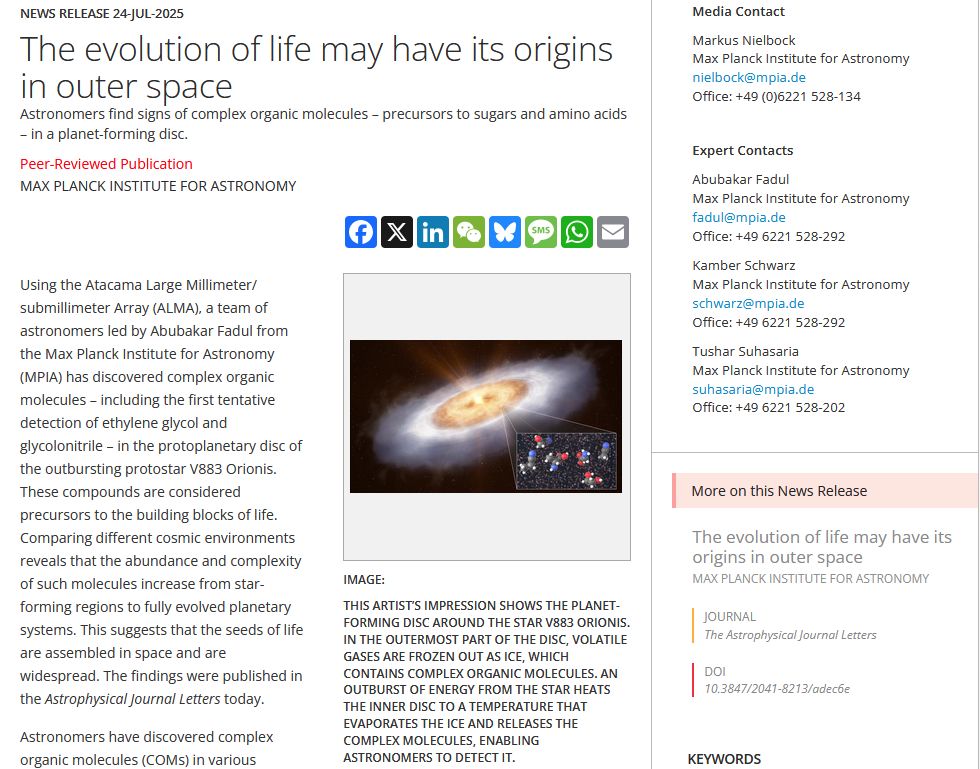
July 25, 2025 at 1:58 PM
Let's take the example of the story @adamrutherford.bsky.social complained about. Here is the press release that the Independent journo most likely used to write their story. We @physicsworld.bsky.social saw it too, but decided against writing about it. Too many papers, too little time, sigh. (5/n)
This interesting piece from @mjrobbins.com is about crime and public perceptions of it, but this part of could also apply to scientists/science communicators and our audiences. martinrobbins.substack.com/p/stop-gasli...

June 5, 2025 at 7:43 AM
This interesting piece from @mjrobbins.com is about crime and public perceptions of it, but this part of could also apply to scientists/science communicators and our audiences. martinrobbins.substack.com/p/stop-gasli...
Things I hadn't appreciated about space weather, courtesy of Mark Gibbs @metoffice.bsky.social: the longest duration of severe space weather is likely to be ~2 weeks, and different types of events have different forecast times. Geomagnetic storms=days; solar flares or radio blackouts=minutes. ⚛️🧪🔭

June 3, 2025 at 10:42 AM
Things I hadn't appreciated about space weather, courtesy of Mark Gibbs @metoffice.bsky.social: the longest duration of severe space weather is likely to be ~2 weeks, and different types of events have different forecast times. Geomagnetic storms=days; solar flares or radio blackouts=minutes. ⚛️🧪🔭
Since nobody else is talking about the Trump/Musk cuts to NASA's science budget at this Royal Society meeting on the UK space sector, I've asked a question about it. Stay tuned to find out whether it gets answered! 🧪🔭⚛️

June 3, 2025 at 9:54 AM
Since nobody else is talking about the Trump/Musk cuts to NASA's science budget at this Royal Society meeting on the UK space sector, I've asked a question about it. Stay tuned to find out whether it gets answered! 🧪🔭⚛️
Next speaker is Stuart Martin of Imperial College London. He floats the idea of three space ages (military, governmental/scientific/comms, commercial) and asks whether we're now entering a fourth.
He also describes Starlink as a company with one of the "best brand recognitions" in the world.
He also describes Starlink as a company with one of the "best brand recognitions" in the world.

June 3, 2025 at 9:16 AM
Next speaker is Stuart Martin of Imperial College London. He floats the idea of three space ages (military, governmental/scientific/comms, commercial) and asks whether we're now entering a fourth.
He also describes Starlink as a company with one of the "best brand recognitions" in the world.
He also describes Starlink as a company with one of the "best brand recognitions" in the world.
“It took three unsuccessful attempts before we got everything right," team leader Elise Wright Knutsen told me. "But when we did, the Mars aurora appeared exactly as we had imagined it: as a diffuse green haze, uniform in all directions.” (11/n) 🔭

May 15, 2025 at 11:06 AM
“It took three unsuccessful attempts before we got everything right," team leader Elise Wright Knutsen told me. "But when we did, the Mars aurora appeared exactly as we had imagined it: as a diffuse green haze, uniform in all directions.” (11/n) 🔭
These two effects give Mars enough of a magnetic field to generate aurorae. We knew this because we'd previously seen Martian aurorae from orbiting spacecraft. But we'd never seen one from the surface until a team of scientists asked Perseverance to look up at the sky on 18 March 2024. 🔭 (5/n)

May 15, 2025 at 10:42 AM
These two effects give Mars enough of a magnetic field to generate aurorae. We knew this because we'd previously seen Martian aurorae from orbiting spacecraft. But we'd never seen one from the surface until a team of scientists asked Perseverance to look up at the sky on 18 March 2024. 🔭 (5/n)

